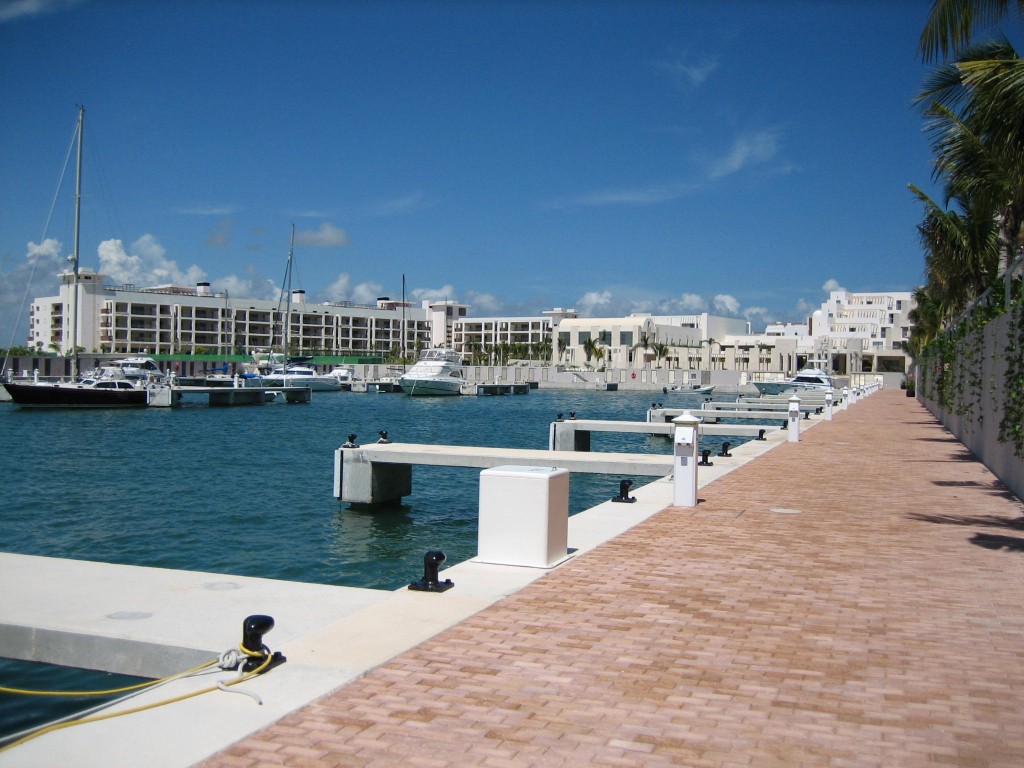Depression Pricing As Empty Hotels Slash Rates
The recent era of easy lending was not confined to residential real estate. Commercial real estate lending is the next big worry for a banking industry already beset by an avalanche of non performing loans. The banking industry has $1.8 trillion dollars of commercial real estate loans and many analysts believe that banks have reserved for only a small fraction of current and future losses. Recent examples of losses on commercial hotel loans in major travel destinations such as Hawaii and Las Vegas indicate the severity of the problem.
Hawaii Hotel Industry Downturn Worse Than Great Depression
Hawaii Hotels Face Fewer Visitors – For the hotel industry in the continental U.S., this downturn is the worst since the Great Depression. But the Hawaiian resort industry is taking a beating that’s even more severe.
Meanwhile, revenue per available room has fallen nearly 25% in the past two years and now averages $150.75.
Major renovations of existing hotels are common in Hawaii because construction of new resorts has been limited since the 1980s because of steep land prices and local governments’ opposition to expansion. “So the name of the game is to buy, renovate and reposition,” says Joseph Toy, president and CEO of the hotel-consulting company Hospitality Advisors, based in Honolulu. Many of the resorts that changed hands in recent years were built by Japanese owners in the 1980s.
But practitioners of that pricey repositioning strategy now find themselves in a bind due to the recession, the capital crisis and Hawaii’s tourism downturn. “The operating numbers have cratered, the underlying fundamentals aren’t very good, and you have a whole bunch of problem loans,” says David Carey, president and chief executive of Outrigger Enterprises Group, which owns 30 Hawaiian hotels, none in foreclosure.
Las Vegas Hotel Worth 41% Of Construction Cost – Cheaper to Tear Down Than Finish
Doubts Are Cast On Value of Las Vegas’s Fontainebleau – LAS VEGAS—The Fontainebleau the luxury hotel and casino development at the northern end of the Las Vegas Strip, sits more than half-finished after falling into bankruptcy in June.
But as potential suitors consider rescuing the project, they are facing a grim reality: It may not be worth the money it would cost to complete it. More than $2 billion has already been poured into construction.
“It is going to take $1.2 billion to $2 billion to finish Fontainebleau, and it’s not worth that much,” Penn National Gaming Chief Operating Officer Tim Wilmott said. Penn is currently negotiating to take it over from the project’s creditors.
When the 4,000-room Fontainebleau project was first mapped out four years ago, gambling revenues were soaring and Las Vegas barely had enough hotel rooms to accommodate a flood of visitors.
Now, Las Vegas has a surfeit of luxury rooms. Occupancy rates in August fell to 83% from 94.9% two years earlier, and room rates have fallen sharply.
An outside analysis contracted by some of the Fontainebleau lenders last spring found that Fontainebleau would be worth $1.76 billion if it were completed in May 2010, according to a court filing, far less than its $3 billion total cost.
Depression Pricing For Hotels
Overwhelming supply and weak demand have resulted in hotels slashing room rates to keep the cash flow going. In many cases, the cost of lodging at major hotels and resorts has dropped as much as 50% from two years ago and vacancy rates still remain high. For newer resorts that were built during the boom years, the picture is even bleaker, resulting in bargain rates that were previously unimaginable. On a recent trip to Mexico in September, I had the occasion to visit the newly completed and mostly vacant multi billion dollar resort, La Amada Hotel, Playa Mujeres, Cancun. The La Amada website describes the property, which opened in May 2009, as follows:
La Amada Hotel is a 5-star luxury hotel. Here you’ll have a comfortable home base of contemporary luxury. Stylish hotel architecture and decor, generous suites, spotless service, deluxe facilities, and of course, our secluded beachfront setting, all enable you to let your days here happen naturally. Situated just 25 minutes from Cancun International Airport, Playa Mujeres is the newest luxury resort destination in greater Cancun.
This 922-acre (373 hectare) luxury development includes a boutique hotel, upscale residences, a golf, yacht, and beach club, and Cancun’s first marina situated on tranquil Playa Mujeres in the Mexican Caribbean. Envisioned as an exquisitely and carefully developed sustainable community, La Amada is a destination where culture, ecology, history and art are integrated in a stimulating style.
La Amada, located in the Marina section of the Playa Mujeres “master planned’ community, is a 552-unit project of one, two and three bedroom residences, a 110-room five star boutique hotel, and a top of the line spa. In addition, the developers have created a “marina village” with 150,000 square feet of commercial space for restaurants, bars, cafes and shops, creating an ambiance akin to top European resorts such as Puerto Banus and St Tropez. No expense was spared on this spectacular creation; residences can even fly in and land on the properties private helicopter pad.
La Amada is a spectacular luxury resort hotel. Equally spectacular are the discounts – luxury suites are being offered at $280 per night, marked down from $700. Apparently, even at these discounted prices, income stressed consumers are saying no. During three visits to the property, I saw only one couple on an otherwise deserted beach. Finished units remain empty with no guests to be seen. The planned bars, cafes and shops have not opened. Virtually all of the 176 slips in the Marina remain empty. La Amada was built during an era of easy money when it was assumed that prosperity, based on eternal asset appreciation, would never end. There is little doubt that the investors in La Amada have created a truly fabulous resort – far less certain is whether or not they will ever see a return on their investment.

La Amada sign points to empty hotel

Deserted La Amada beach

Beachfront La Amada

Empty boat slips at marina

La Amada - where are the guests?

Discount prices fail to lure guests